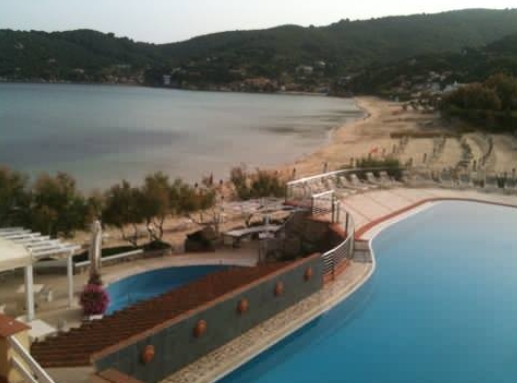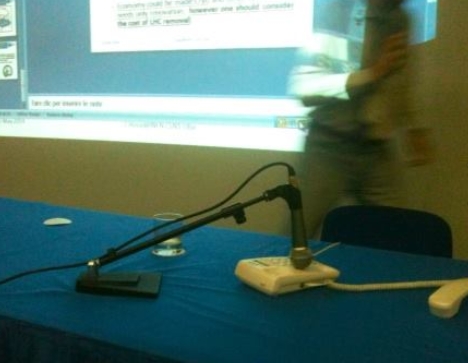Indeed, after the Higgs discovery it has been argued that the community seems to have fallen in a state of Post-Higgs depression (PhD), whereby there seems to be no indication of what to look for. Supersymmetry appears to yield no happiness, and the parameter space is too wide to indicate a clear direction; and other experimental hints are not good enough to allow a clear choice between, say, a 1-TeV electron-positron machine or a 40-TeV proton collider.
Of course the decisions of what big machines will come next -or whether it will be just an upgraded, high-luminosity and higher-energy LHC what the future brings- is not in the hands of Italian researchers; indeed, the matter is at the heart of the recent P5 investigations, for instance (P5 stands for "Particle Physics Project Prioritization Panel" and it has just released their results; that is matter for a different post, although tightly related to this one). But it is important for anybody working in the field to understand what are the options and the most promising directions of investigation in the next decade, now that the Higgs is discovered and there is the option of just studying its properties in detail or go for other discoveries, a bit blindly given the situation.
If you look at the past, the LEP collider was designed to study the Z boson even before the 1983 discovery. It made sense, as nobody really doubted its existence. The precision physics at the Z was invaluable for the understanding of the details of particle physics and the standard model. Now, with a newborn particle that is a keystone of our understanding of the theory, it does make sense to study it in detail.
I find much less compelling the case made by those that argue that there are many theoretical papers suggesting how new physics might appear in modified couplings of the Higgs boson to standard model particles. In fact, these papers are not compelling from the point of view of motivations of the underlying theories: they seem to be the product of street-wise theorists who are moving away from the SUSY paradigm, to produce studies which can be palatable by experimentalists with big guns in search for something to shoot at.
 Anyway, the discussion in Elba is wide-range. There have been nice overviews of the theoretical as well as the experimental landscape. I have the feeling that the conclusions will not be sharp, in the sense that we won't have a much clearer idea of where to aim at as we leave the conference; but I think this kind of effort is worthwhile.
Anyway, the discussion in Elba is wide-range. There have been nice overviews of the theoretical as well as the experimental landscape. I have the feeling that the conclusions will not be sharp, in the sense that we won't have a much clearer idea of where to aim at as we leave the conference; but I think this kind of effort is worthwhile.And then there is Elba, which is very beautiful. Unfortunately the weather has not been nice enough to allow a swim in the clear waters in front of Hotel Hermitage (see picture on the right). I still hope to have a chance to do that tomorrow, before leaving back to Venice.
Maybe I should also report a funny "incident" occurred yesterday during the talk of Sergio Bertolucci, who was connected from CERN. For some reason he gave his talk by phone, and the picture below documents the advanced technology that was used to transmit Sergio's speech to the audience. Cutting edge science doesn't always employ cutting edge technology - although I would classify this as an exception that confirms the rule...




Comments